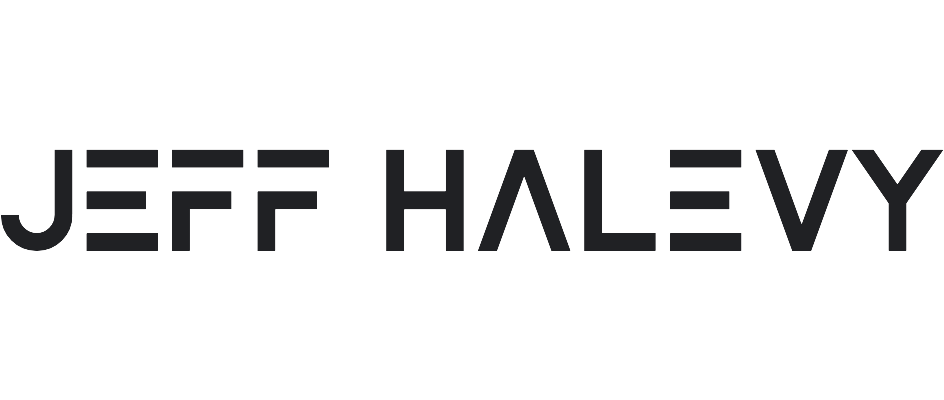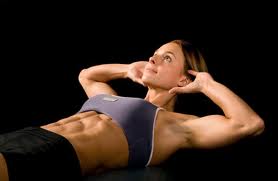Let's Move! Newark: Our Power (LM!NOP) Gets Students to Move More
Check out this article by Joshua Wilwohl about the Let’s Move childhood obesity program I’m doing with Cory Booker
Let’s Move! Spinoff Attempts to Energize Newark Ninth Graders
12-week pilot program combats childhood obesity
By Joshua Wilwohl
Janiyah Mendez-Bridges says she walks roughly 15 minutes to school every day.
The 14-year-old freshman at Barringer Ninth Grade Academy in Newark knows the time because she has to rack up 60 minutes of exercise a day as part of a pilot program to combat childhood obesity in city schools.
“I walk, run, bike and play basketball,” she said during an interview before her gym class in mid-October. “But I spend at least four hours on my phone.”
Mendez-Bridges’ four-hour routine is what fitness guru Jeff Halevy said he’s trying to break with the program, called Let’s Move! Newark Our Power, or LM!NOP. Halevy created the pilot for Newark Mayor Cory Booker to implement in ninth-grade classes at five city high school — Barringer, Central, East Side, Weequahic and West Side.
Halevy and Booker launched the program, a spinoff of First Lady Michelle Obama’s Let’s Move! exercise campaign, with 1,500 students in early October.
The initiative works by attaching a device, known as MyTrak, to students every day for 12 weeks. The device tracks the students’ progress as they walk, run, jump and play. MyTrak is designed to measure 60 minutes of workout in a 24-hour period. The students know when time is up because a circular light on the device gradually turns from red to green with every minute of exercise.
To incentivize students, the minutes are calculated once a week, totaled by school and published online. At the end of the 12 weeks, the school — and students — with the most minutes win prizes.
Halevy said he’s hopeful the program will sprout into a four-year initiative in Newark high schools: The first year would focus on physical fitness; the second on personal development; the third on leadership; and the fourth on future wellness, or legacy.
But nearly a month in, it seems too early to say if the program is working.
The latest MyTrak numbers published Nov. 1 showed Barringer led with 8,173 minutes; Central, 3,240; Weequahic, 2,966; East Side, 2,302; and West Side, 158.
It’s not known how many minutes students exercised before the program started.
Diana Dos Santos, a master teacher of health and physical education with Newark Public Schools, said the LM!NOP program is motivating the freshmen to exercise.
“We want to keep them moving and staying fit,” she said as she watched Mendez-Bridges and roughly 20 other students at Barringer play kickball during gym class.
Dos Santos said the district gives students a window of 25 to 30 minutes for exercise during the school day.
Both Halevy and Dos Santos blame the expanding problem of childhood obesity and lack of exercise on technology.
“The amount of screen time kids have these days is just insane,” Halevy said by phone.
The two acknowledge, though, the issue is hard to combat as technology advances.
A September 2009 Pew Internet study, the most recent data available, showed 93 percent of children, ages 12 to 17, were online. An earlier Pew report in April 2009 revealed 29 percent of teenagers “spend time with friends in person doing social activities outside of school.”
The studies did not have information about how much time teens spend online, but a January 2010 Kaiser Family Foundation report showed children ages 8 to 18 devoted an average of 7 hours and 38 minutes a day to “entertainment media.” Of that time, roughly an hour-and-a-half was spent in front of a computer, compared to four-and-a-half hours of watching television shows via cell phones, computers, iPods and TVs, according to the Kaiser study.
Reid Stapp, a physical education and health teacher at Barringer, said he witnesses students daily spend more time worrying about technology than their health.
“Playing doesn’t happen any more,” he said. “They get home and get on Facebook.”
While Mendez-Bridges says she’s guilty of that routine, the teenager insists she still spends time offline.
“My mom says I’m out of the house too much,” she said.


